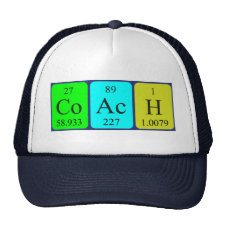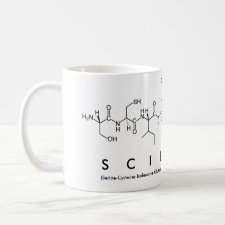
Authors: Su TT, Liu JB, Tang SS, Jin RF
Article Title: Theoretical Design and Experimental Performance Research on Barbital Imprinting Polymer.
Publication date: 2014
Journal: Chemical Journal of Chinese Universities-Chinese
Volume: 35
Issue: (10)
Page numbers: 2146-2155.
DOI: 10.7503/cjcu20140393
Alternative URL: http://www.cjcu.jlu.edu.cn/EN/10.7503/cjcu20140393#
Abstract: On the basis of the density functional theory of M062X, we performed the interaction processes between the barbital((BAR) and different functional monomers by Gaussian 09 software. The functional monomers are methacrylic acid (MAA), acrylamide (AM), 4-vinylpyridine (4-Vpy), and N,N'-methylenebisacrylamide( MBAD), respectively. The excellent functional monomer was optimized according to the hydrogen bond and binding energies(Delta E). The calculation results indicated that the number of hydrogen bonds was the largest, the bond length was the shortest, the Delta E was the lowest, and the interaction was the strongest between the MAA and the template molecule when the molar ratio of reaction for BAR-MAA was 1 : 6. The molecular imprinted polymer microspheres(MIPs) composed of the BAR and MAA was synthesized by precipitation polymerization. The results showed that the stability and selective adsorption for MAA and BAR were the highest compared with the AM, 4-Vpy and MBAD. The average diameters of BAR-MIPs synthesized in acetonitrile was 190 nm. Analysis of the Scatchard plot revealed that the binding sites of BAR-MIPs to BAR were equal class under the studied concentration range, the dissociation constant(K-d) and apparent maximum adsorption quantity(Q(max)) of BAR-MIPs were 63.3 mg/L and 17.5 mg/g, respectively. The thermodynamic study indicated that the adsorption of BAR-MIPs to BAR was an exothermic process, and the adsorption effect was better under the 293 K. The study of selective adsorption showed that BAR-MIPs had higher selectivity for BAR than that for 1,3-dimethyl barbituric acid (DMBA), 2-thiobarbituric acid (TMB), and pelltobarbitalum natricum (PBS). The studies can provide theoretical and experimental bases for the BAR molecular imprinted system, such as the selection of functional monomers the optimization of reaction ratios, and the prediction of adsorption performance
Template and target information: barbital, BAR
Author keywords: Barbital, functional monomer, molecular imprinting polymer, simulation, selective adsorption



Join the Society for Molecular Imprinting

New items RSS feed
Sign-up for e-mail updates:
Choose between receiving an occasional newsletter or more frequent e-mail alerts.
Click here to go to the sign-up page.
Is your name elemental or peptidic? Enter your name and find out by clicking either of the buttons below!
Other products you may like:
 MIPdatabase
MIPdatabase









